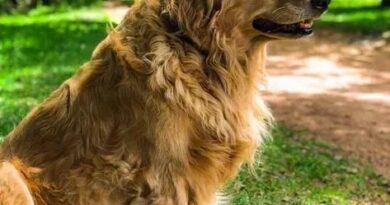What is harmful foods for dogs
What is harmful foods for dogs: Introduction to Toxicity
Understanding what is harmful foods for dogs is crucial for every pet owner. Many common foods that humans enjoy can be toxic to dogs, leading to serious health issues or even fatal consequences. This knowledge not only helps in keeping your furry friend safe but also enhances your ability to make informed dietary choices for them. From chocolate to certain fruits, the list of harmful foods is extensive, and awareness is key to prevention.
Chocolate: A Sweet Poison
One of the most well-known harmful foods for dogs is chocolate. It contains theobromine, a compound that dogs metabolize much more slowly than humans. Even small amounts can lead to symptoms like vomiting, diarrhea, and increased heart rate. Dark chocolate and baking chocolate are particularly dangerous due to their higher theobromine content. Always keep chocolate out of reach to protect your canine companion.
Grapes and Raisins: A Hidden Danger
Grapes and raisins are often overlooked when discussing what is harmful foods for dogs. However, they can cause acute kidney failure in dogs, even in small quantities. The exact substance that triggers this reaction is still unknown, making it all the more important to avoid giving these fruits to your dog. Symptoms of grape or raisin toxicity include lethargy, vomiting, and loss of appetite.
Onions and Garlic: The Allium Family
Onions and garlic, part of the allium family, are also harmful foods for dogs. They contain compounds that can damage a dog’s red blood cells, leading to anemia. Whether consumed raw, cooked, or powdered, these foods can pose a risk. Symptoms of allium toxicity include weakness, lethargy, and a noticeable decrease in appetite. It’s essential to keep these ingredients out of your dog’s diet.
Xylitol: A Sugar Substitute to Avoid
Xylitol, a common sugar substitute found in many sugar-free products, is extremely toxic to dogs. Even small amounts can cause a rapid insulin release, leading to hypoglycemia (low blood sugar). Symptoms may include vomiting, loss of coordination, and seizures. Always check labels for xylitol, especially in gum, candies, and baked goods, to ensure your dog’s safety.
Avocado: A Controversial Fruit
While avocados are healthy for humans, they contain a substance called persin, which can be harmful to dogs. Though the amount of persin in the flesh is relatively low, the pit and skin contain higher concentrations. Symptoms of avocado toxicity may include vomiting and diarrhea. It’s best to avoid giving avocados to your dog altogether to prevent any potential health risks.
Macadamia Nuts: A Nutty Hazard
Macadamia nuts are another food that falls under the category of what is harmful foods for dogs. Even a small amount can lead to symptoms such as weakness, depression, vomiting, and tremors. The exact mechanism of toxicity is not well understood, but it’s clear that these nuts should be kept away from dogs. Always be cautious with any type of nut, as many can pose risks.
Alcohol: A Dangerous Substance
Alcohol is extremely toxic to dogs, and even small amounts can lead to severe health issues. Symptoms of alcohol poisoning in dogs include vomiting, disorientation, difficulty breathing, and even coma. It’s crucial to keep all alcoholic beverages out of reach and to educate others about the dangers of giving dogs any form of alcohol, including beer and wine.
Raw Dough: A Rising Concern
Raw dough, particularly that containing yeast, is another harmful food for dogs. When ingested, the dough can rise in the dog’s stomach, causing severe bloating and potentially leading to gastric torsion, a life-threatening condition. Additionally, the fermentation of the dough can produce alcohol, compounding the risks. Always ensure that raw dough is kept away from your pets.
Conclusion: Keeping Your Dog Safe
Being aware of what is harmful foods for dogs is essential for any responsible pet owner. By understanding which foods to avoid, you can help ensure your dog’s health and well-being. Always consult with your veterinarian if you suspect your dog has ingested something harmful, and when in doubt, it’s best to err on the side of caution.




